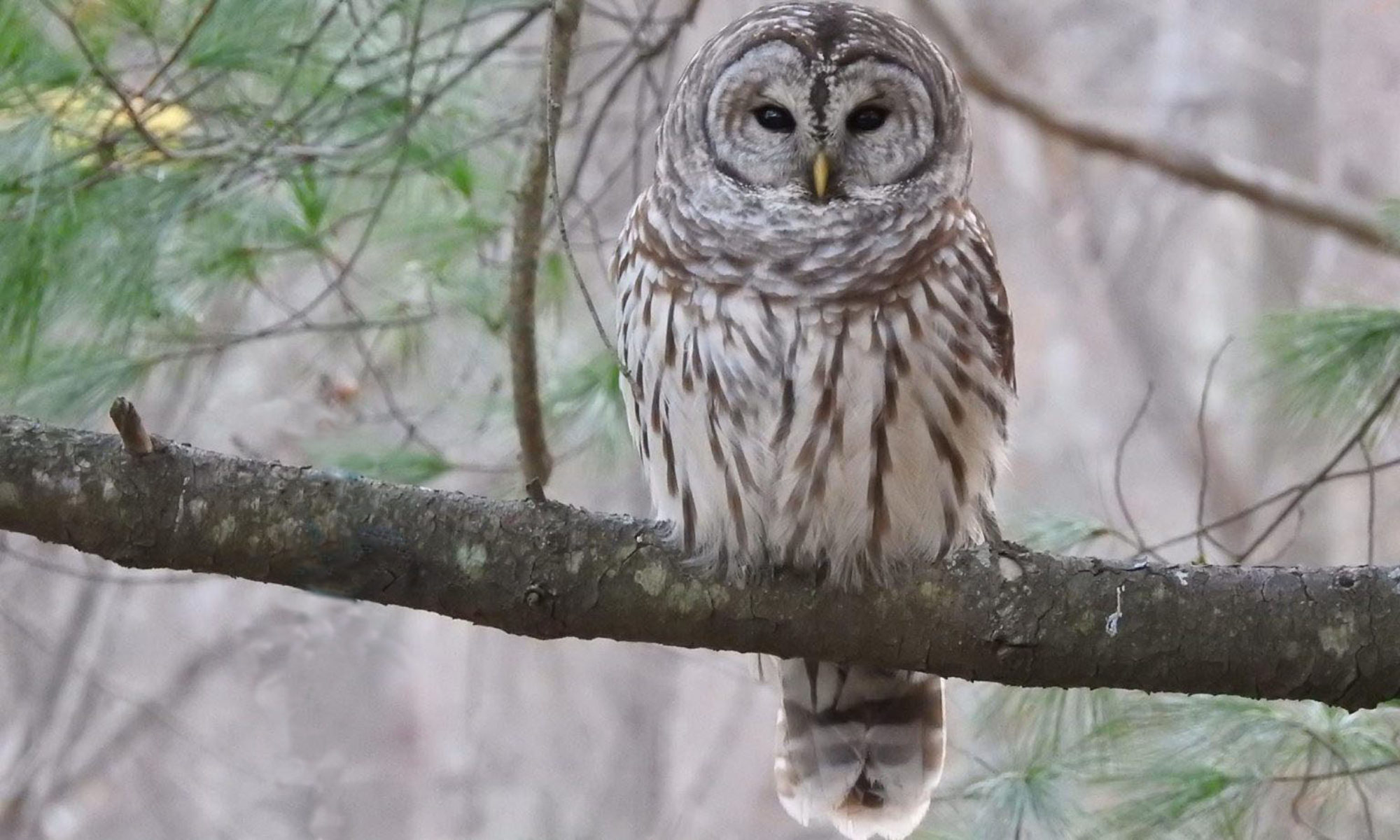My eBird streak continues at 225. Although we are still constrained by the coronavirus, it has been good to have the impetus to go birding, just for a little while, every day.

I always carry bins and usually carry a camera, but find I rarely use either on my morning course. Birding my neighborhood in July reminds me of how important birding by ear (no matter how bad I am at it) has become to me. Probably 2/3 of the species I observe are heard-only, and bird vocalizations in the summer are rich with communicative chips and chirps, a colorful and diverse cacophony of juvenile chatter and begging calls, but very few actual songs. Song Sparrows seem to be the exception to the rule.
Caution is in order, though. Some mornings a Carolina Wren sounds an awful lot like an Eastern Towhee, or maybe even an Ovenbird (especially if I haven’t had a cup of coffee yet.) Blue Jays are accomplished mimics, and an occasional starling gets into the act as well. My neighborhood rarely has a mockingbird, but makes up for it with a healthy population of Gray Catbirds. At least they usually throw in a nasally “mew” to give away their doppelgänger songs.
Birding-by-ear skills not only open up a leafed-out world, they are particularly useful to people with PD. Shaky hands don’t get in the way of your ears, and sharp listening can help locate interesting birds when you do want to try to get them in sight. Just as in visual birding, a good strategy is to familiarize yourself with the usual suspects before going afield, not trying to figure out a call after the fact. One good place to start your study is the Macaulay Library.
Of course, in addition to keen—or at least attentive—ears, it helps immensely to have the support of others. I am tremendously fortunate my son is here for me, seeing what I overlook and cheering me on in my streak. I get the joy of seeing him experience new birds, and he repays me with a fresh look—or listen—of the familiar.
